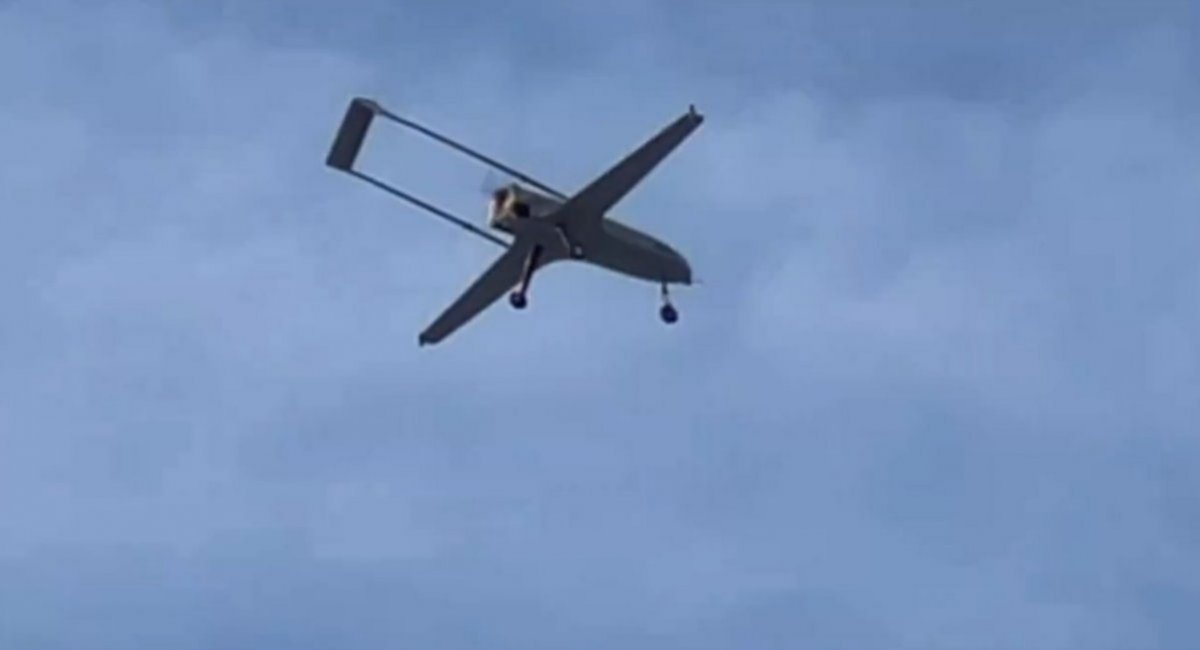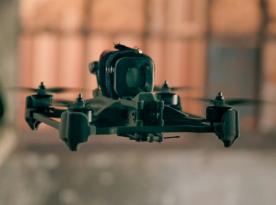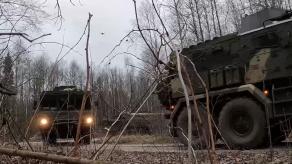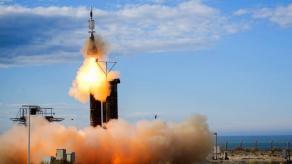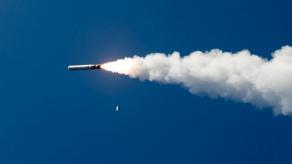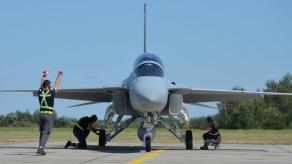Ukrainian kamikaze UAVs have brought a new wave of strikes on strategically important facilities across the russian Federation. On the night of July 27, 2024, the drones targeted the oil refinery in Ryazan and multiple airfields hosting russian strategic aviation, namely the Engels, Dyagilevo, and Olenya military air bases, sources in the Defense Intelligence of Ukraine told Ukrainska Pravda.
According to preliminary information, the drones damaged at least one Tu-22M3 at the Olenya airfield, investigation is still underway. Unofficial sources also cite locals who had heard explosions in the vicinity of the Engels airfield, although the local administration denied and claimed that all the UAVs were shot down by air defenses.
Read more: One Third of russia's Combat-Ready Tu-95MS and Tu-22M3 Bombers Gathered at Olenya Air Base (Satellite Imagery)
Ukrainian strikes hit Tu-22M3 long-range strategic bomber aircraft at Olenya Air Base in Murmansk region, Pravda claims, citing GUR.Olenya Air Base is 1,800 kilometers away from Ukraine border.Approximately one-third of Russia's combat-capable bombers are stationed there. pic.twitter.com/CcvLcbdMHG— Clash Report (@clashreport) July 27, 2024
On the part of Defense Express, it's important to highlight arguably the most notable detail, that is, the fact Ukrainian drones managed to reach such a distant object as Olenya, a strategic aviation airfield located near the city of Olenegorsk, on the Kola Peninsula.
It is situated 1,800 kilometers from the state border of Ukraine, not to mention that launching a long-range UAV directly from the border or further into hostile territory is extremely risky, so such launch points were probably deeper inside Ukraine.
That makes the strike on the Olenya of at least 1,800 km far a historically record-breaking achievement. Previously, none of the Ukrainian drones managed to fly so deep into the enemy airspace.
For context, let's recall some of Ukraine's farthest-reaching strikes to date. To begin with, the tentative "range" of Ukrainian UAV strikes was presumed to be around 1,000 km, which was a standard coverage of strikes against russian oil industry plants. The one incident breaking this rule was the attack on Alabuga special economic zone in Tatarstan where russia assembles Shahed-type loitering munitions in cooperation with iran. The drones traveled 1,200 km into russian territory.

Up until today, the maximum depth of Ukrainian strikes was showcased by the attack on a Voronezh-M over-the-horizon radar near Orsk, Orenburg Region. The drones hit this strategic observation system, designed for preventing ICBM attacks, on May 23rd, 2024 flying 1,500 km into russia.
Note: although while analyzing these instances we proceed from the "raw" distance between the closest possible launch point (be it the state border or current frontline), the actual flight routes followed by UAVs during these attacks are not a straight line, as they have to avoid entering airspace could be protected by russian air surveillance and defense systems. Thus the practical distances covered by those aircraft might be greater to an unknown extent.
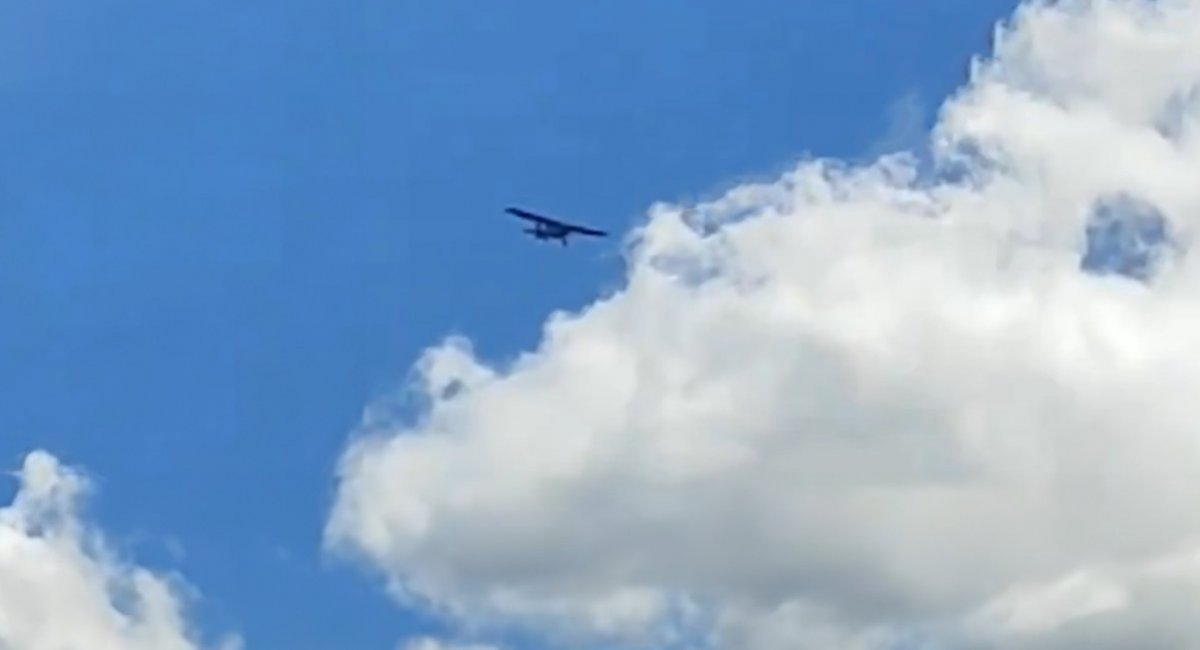
Taking into account the mentioned episodes, we can draw at least two strategic results of today's aerial attack on russian territory. Firstly, the Ukrainian defense industry managed to create kamikaze drones with a flight range long enough that it has already expanded the zone of strategic uncertainty for russia. The invasion force commanders will need to think twice before committing to deploy valuable assets like strategic aircraft within the reaching distance, now extending 1,800 km.
Though the important factor remains whether Ukraine has already established mass production of these far-reaching drones and will scale up their usage from now on, or it will remain an extraordinary case until the UAV model enters serial manufacture.
The second conclusion is that the russians will probably have to revise the format of using their strategic aviation in order to minimize the threat of repeated strikes by long-range drones, such as pulling them even further from the combat zone which will negatively affect the range of weapons they use.
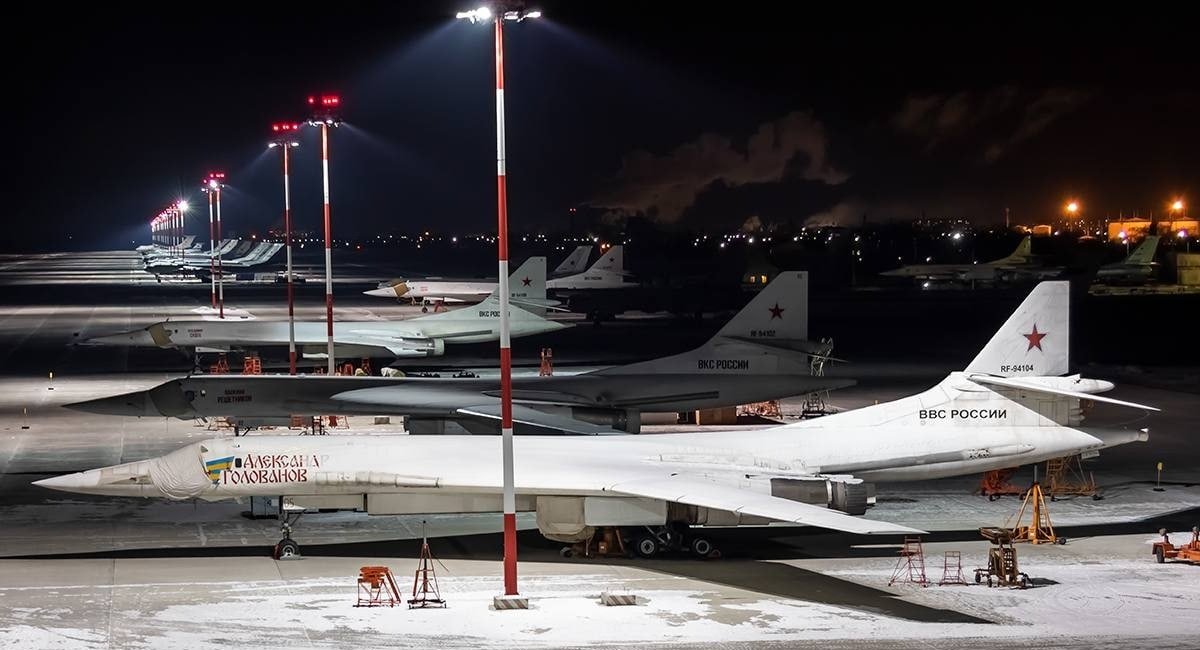
Read more: The Strategic Impotence of the Kremlin: What's Wrong with the russian Airbase Olenya




